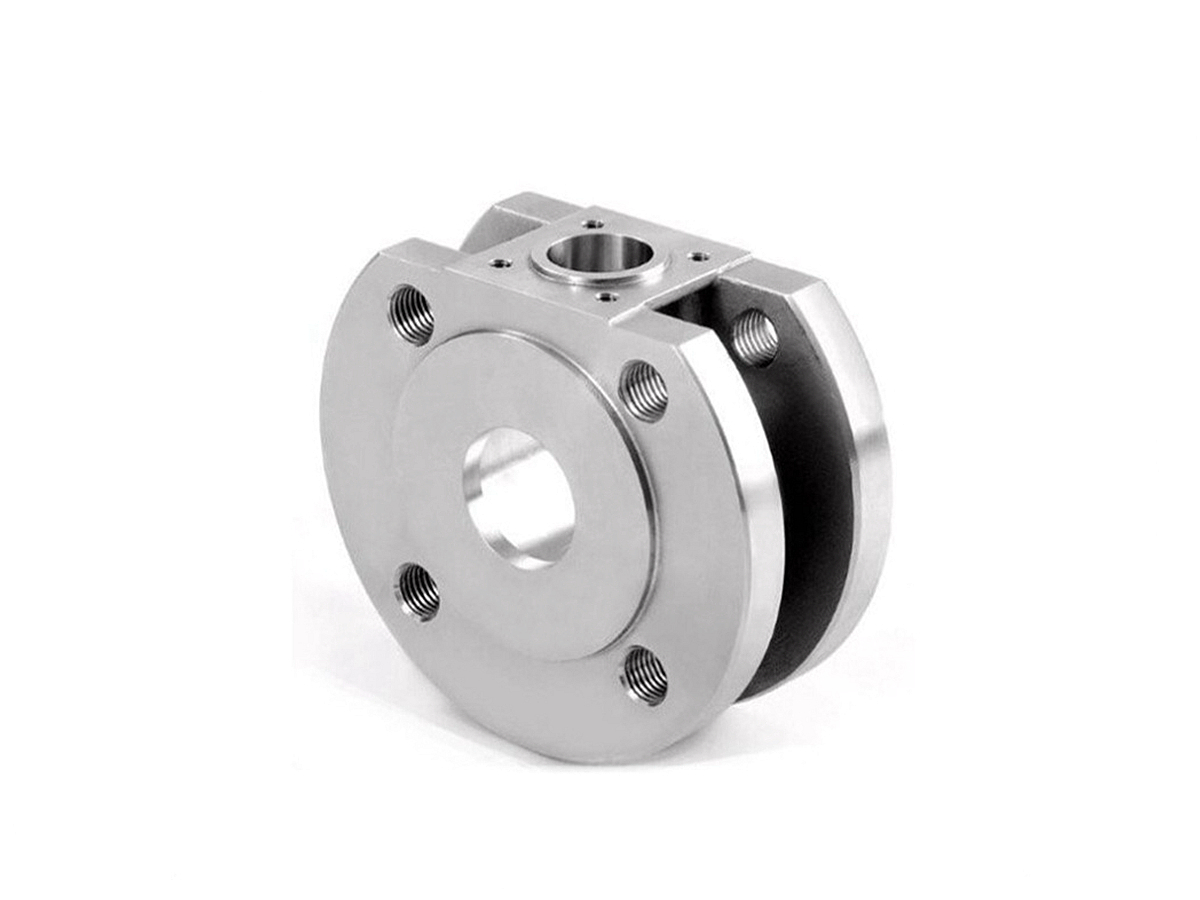CNC Machined Components for High-Performance Robotics Applications
Introduction to CNC Machined Robotics Components
Industries such as robotics, automation, and aerospace rely on high-performance robotic systems requiring precise, durable, and lightweight components. Achieving optimal performance and repeatability under dynamic and demanding operational conditions requires exact dimensional accuracy and high-quality surface finishes. CNC machining provides superior precision, allowing for the accurate production of intricate robotic components from advanced materials such as aluminum alloys (7075-T6, 6061-T6), titanium alloys (Ti-6Al-4V), stainless steels (SUS316, SUS304), and engineering plastics (PEEK, Acetal).
Utilizing advanced CNC machining services ensures robotic components meet stringent technical specifications, delivering maximum reliability, enhanced operational efficiency, and consistent performance in critical robotic applications.
Material Performance Comparison for Robotic Components
Material | Tensile Strength (MPa) | Density (g/cm³) | Corrosion Resistance | Typical Applications | Advantage |
|---|---|---|---|---|---|
540-570 | 2.8 | Good | Lightweight frames, structural parts | High strength-to-weight ratio | |
950-1100 | 4.43 | Excellent | Robotic joints, load-bearing parts | Exceptional strength, lightweight | |
515-620 | 8.0 | Excellent | Actuators, hygienic robotics parts | Superior corrosion resistance | |
90-100 | 1.32 | Outstanding | Gears, bearings, insulation parts | Excellent wear resistance, thermal stability |
Material Selection Strategy for CNC Machined Robotic Components
Choosing suitable materials for high-performance robotics involves careful evaluation of mechanical strength, weight efficiency, wear resistance, and corrosion resistance:
Aluminum 7075-T6 is an excellent choice for robotic frames and structural parts due to its high tensile strength (570 MPa), superior machinability, and favorable strength-to-weight ratio.
Titanium Ti-6Al-4V provides outstanding tensile strength (up to 1100 MPa) and fatigue resistance, ideal for critical robotic joints and structural components requiring exceptional durability and reduced weight.
Stainless Steel SUS316 excels in robotic components operating in corrosive or sterile environments, ensuring superior corrosion resistance (>1000 hrs ASTM B117) and reliable mechanical properties.
Engineering plastic PEEK is suited for precision components like gears, bearings, and insulating parts due to its excellent wear resistance, chemical inertness, and continuous use temperature up to 260°C.
CNC Machining Processes for Precision Robotic Parts
CNC Machining Process | Dimensional Accuracy (mm) | Surface Roughness (Ra μm) | Typical Applications | Key Advantages |
|---|---|---|---|---|
±0.005-0.01 | 0.2-0.8 | Complex robotic linkages, precision joints | Excellent precision, superior surface finishes | |
±0.005-0.01 | 0.4-1.2 | Shafts, rotational parts, pins | High rotational accuracy | |
±0.005-0.02 | 0.4-1.0 | Intricate robotic mechanisms, connectors | Complex geometries, tight tolerance control | |
±0.002-0.005 | 0.1-0.4 | Precision gears, bearing surfaces | Ultra-precise dimensions, superior finishes |
CNC Process Selection Strategy for High-Performance Robotics
Selecting the appropriate CNC machining process for robotics components is crucial for ensuring precision, performance, and component longevity:
Components with intricate geometries, complex joints, and demanding accuracy (±0.005 mm) significantly benefit from advanced 5 Axis CNC Milling, delivering excellent surface quality (Ra ≤0.8 µm).
Rotational elements such as shafts, pins, and precision spindles require Precision CNC Turning, achieving accurate rotational tolerance (±0.005 mm) and excellent surface finishes.
Complex, multi-feature robotic components and intricate mechanical connectors requiring high precision (±0.005–0.02 mm) are efficiently produced through Precision Multi-Axis Machining.
Precision gears, cam surfaces, and other components demanding ultra-tight tolerances (±0.002–0.005 mm) and superior surface finishes (Ra ≤0.4 µm) rely on CNC Grinding.
Surface Treatment Performance Comparison for Robotic Components
Treatment Method | Surface Roughness (Ra μm) | Wear Resistance | Corrosion Resistance | Surface Hardness | Typical Applications | Key Features |
|---|---|---|---|---|---|---|
0.4-1.0 | Excellent | Excellent (ASTM B117 >1000 hrs) | HV 400-600 | Aluminum frames, structural parts | Enhanced durability, corrosion protection | |
0.8-1.6 | Moderate | Excellent (ASTM B117 >1000 hrs) | Unchanged | Stainless steel robotics components | Corrosion resistance, hygiene | |
0.2-0.5 | Exceptional | Excellent (ASTM B117 >1000 hrs) | HV 1500-2500 | High-load joints, wear-prone components | Superior hardness, low friction | |
0.2-0.8 | Good | Excellent (ASTM B117 >500 hrs) | Unchanged | Medical robotic parts, precision surfaces | Smooth finish, corrosion resistance |
Typical Prototyping Methods for Robotic Components
CNC Machining Prototyping: Offers high-precision prototypes with dimensional tolerances down to ±0.005 mm, ideal for validating precise mechanical functions, assembly fit, and structural integrity before full-scale production.
Metal 3D Printing (Powder Bed Fusion): Rapidly produces complex metal prototypes with typical accuracy within ±0.05 mm, allowing fast evaluation of designs, functional testing, and iterative improvements in robotics applications.
Quality Assurance Procedures
Precision Dimensional Inspection (CMM): Verification of dimensional tolerances within ±0.005 mm.
Surface Roughness Verification (Profilometer): Ensuring compliance with specified surface finishes.
Mechanical and Fatigue Testing (ASTM E8, E466): Evaluating strength and endurance.
Non-destructive Testing (Ultrasonic, Radiographic): Structural integrity validation.
ISO 9001 Documentation: Complete traceability and quality documentation.
Industry Applications
Precision robotic arms and end-effectors.
Aerospace robotics systems.
Medical and surgical robotic components.
Related FAQs:
Why CNC machining for high-performance robotics?
Which materials best suit robotic applications?
How do surface treatments enhance robotic component longevity?
What quality standards apply to robotics components?
What industries benefit most from CNC machined robotics components?

